Association of typical atrial flutter and cavotricuspid isthmus ablation on clinical recurrence after cryoballoon ablation for atrial fibrillation
Frontiers in Cardiovascular Medicine
DECEMBER 14, 2023
Typical atrial flutter commonly occurs in patients with atrial fibrillation (AF). Limited information exists regarding the effects of concurrent atrial flutter on the long-term outcomes of rhythm control. The data were obtained from a multicenter registry of cryoballoon ablation for AF ( n = 2,689).

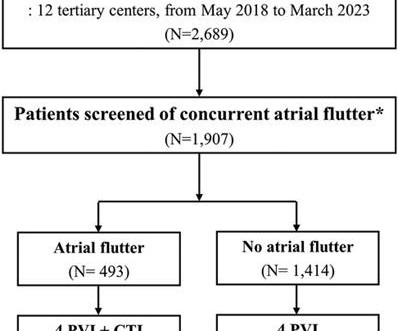

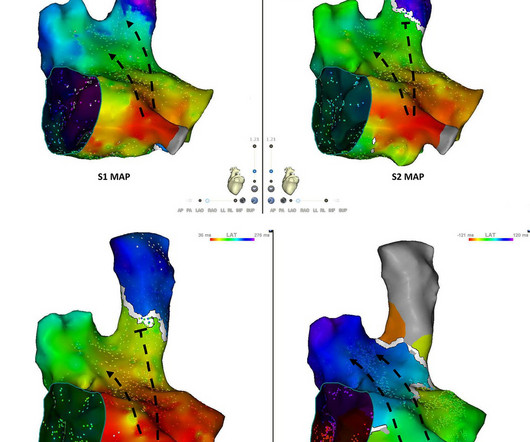









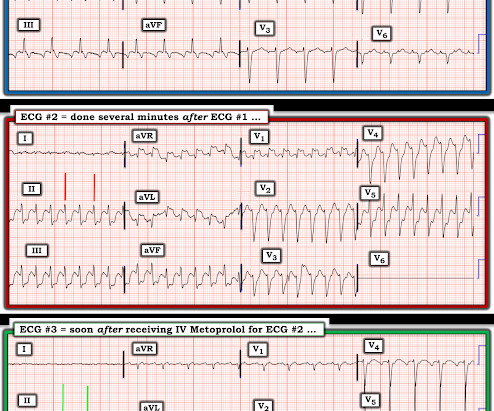

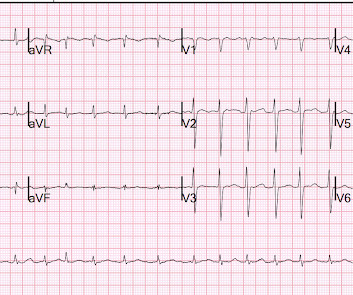

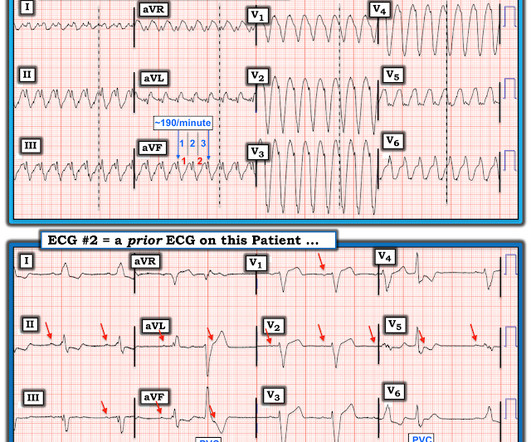
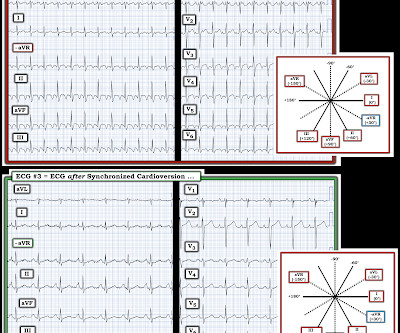


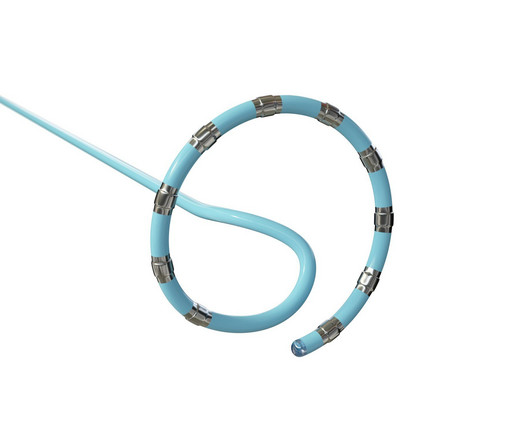
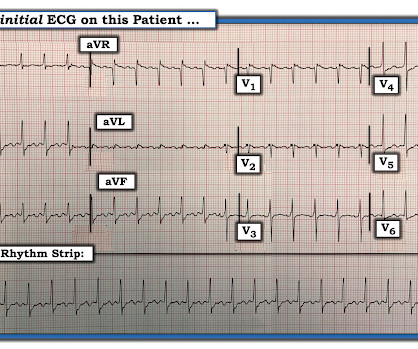
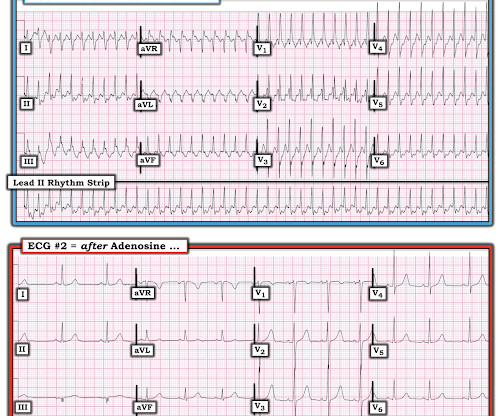






Let's personalize your content